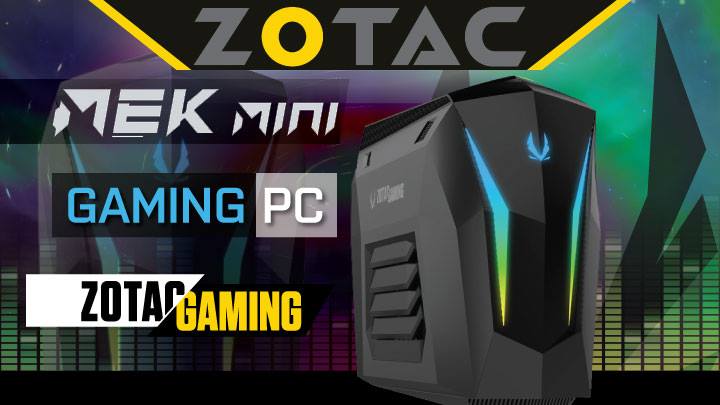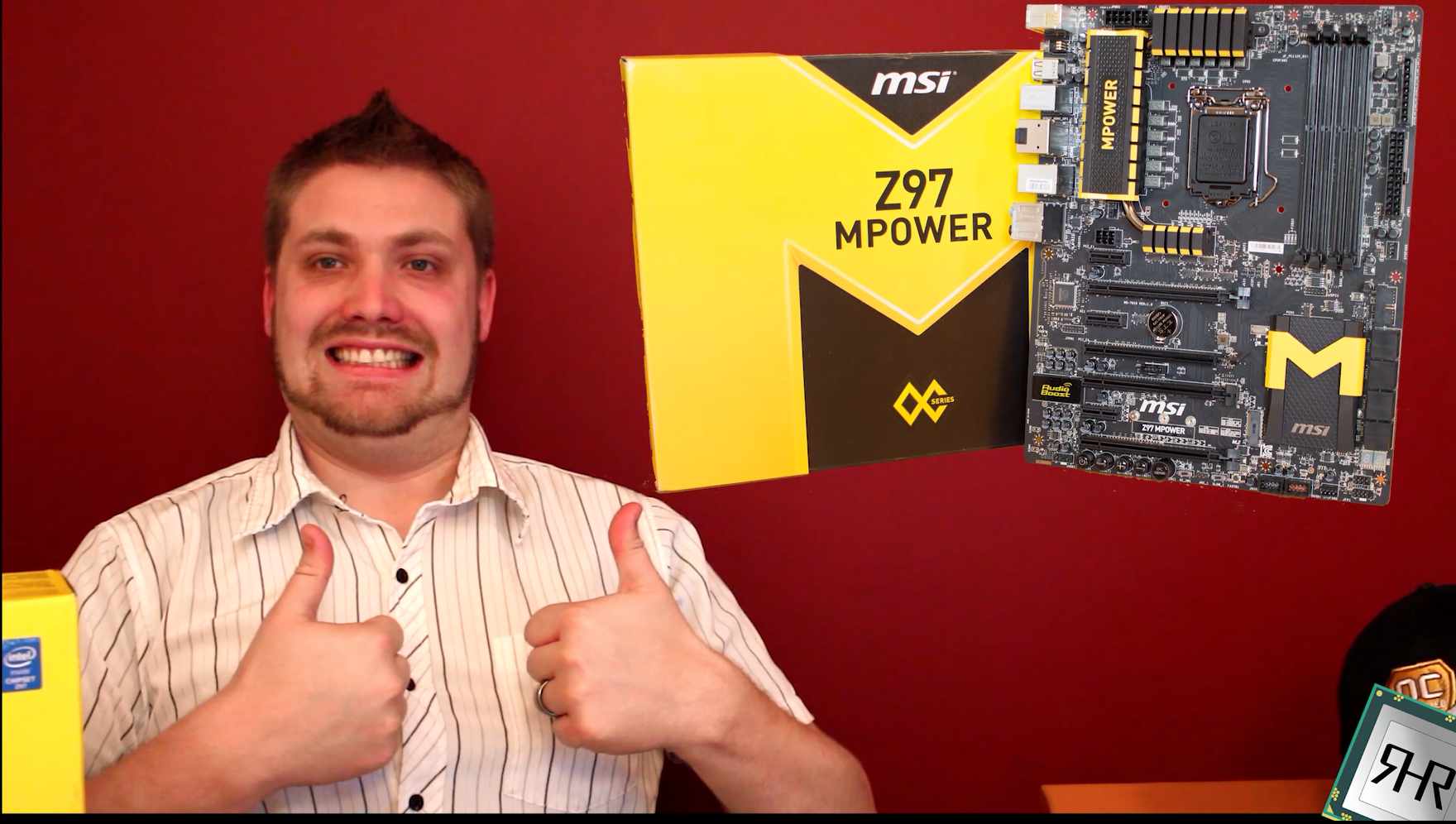 We have been building and XBMC (we refuse to call it ‘KODI’ as we hunt Kodiak bears and this software is no man-eating bear) for many, many years now. While it does come in a Linux flavor we much prefer the Windows version and since the Windows OS was already installed and configured installing XMBC 15.1 was bloody simple. All that really was needed was a USB “MCE” certified remote and IR sensor so that we didn’t have to use a keyboard and mouse. Since these cost only about $25 via the ‘egg or Amazon that is not much of an added expense!
We have been building and XBMC (we refuse to call it ‘KODI’ as we hunt Kodiak bears and this software is no man-eating bear) for many, many years now. While it does come in a Linux flavor we much prefer the Windows version and since the Windows OS was already installed and configured installing XMBC 15.1 was bloody simple. All that really was needed was a USB “MCE” certified remote and IR sensor so that we didn’t have to use a keyboard and mouse. Since these cost only about $25 via the ‘egg or Amazon that is not much of an added expense!
All we had to do was load up our favorite web-browser (this month it is CyberFox), went to their website and downloaded the proper version. Then it was a simple matter of configuring the HTPC software to start on boot, telling it where our files were located, and modifying the video up-conversion.
For the first test we ran Isengard 15.1 using the hardware up-conversion tool. This uses the built in iGPU for up-conversion and was more than capable of converting 480P to ‘1080P’. At this resolution we prefer to use software up-conversion as the dual core i3 can easily handle middle of the road Lanczos 2 options. It could even handle Spline36 optimized and Lanczos 3 optimized but that would be about as high as we would wish to push things.
Our other television is a 4K Samsung television and once again the built in iGPU could – barely – handle converting 480P to 4K video streams. Or at least it was able to do so in a manner that was smooth enough that not major hiccups were blatantly obvious. The CPU and software encoding was also capable of middle of the road Lancoz 2 up-converting but that is about as high as you can go and still get frame rates that are smooth. If you wish to push things to Spline 64 or Lanscoz 3 you may wish to look at the i5 version. In either case if you are addicted to MADVR and its cutting edge up-conversion tools, a NUC is not the system you want to use – as you will need a dedicated GPU (and for some of the more advanced options a high end GPU at that!).
For the actual movies we used both USB and Ethernet based storage and this little device was more than capable of streaming via either option. Even high-bitrate 1080P videos (20-30GB movies) resulted in smooth video playback and it would be impossible to tell that they were not coming via the internal storage device.
Overall we consider this little NUC a great HTPC option, and one that simple smokes the likes of the Patriot Box Office, Apple TV, or Google Chromecast.











